- Mobile & Wireless Roundup
- Posts
- Mobile & Wireless Roundup No. 155
Mobile & Wireless Roundup No. 155
By Zahid Ghadialy
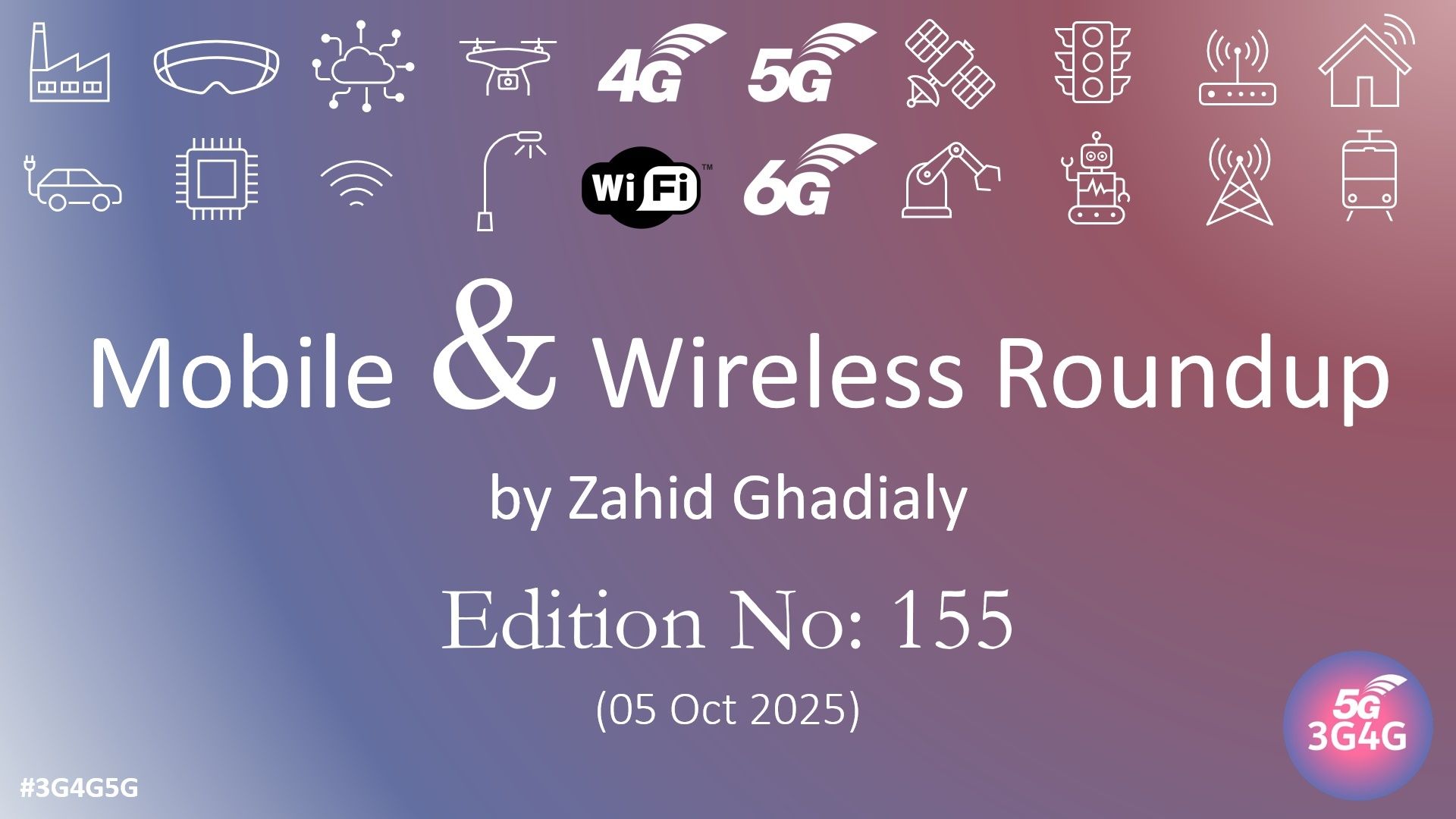
Welcome to the 155th edition of this newsletter. I usually highlight the positive impact of mobile and wireless technologies, but this week I want to pause and turn attention to one of the darker consequences: online betting and gambling. Smartphones make gambling easier and more pervasive than ever, and the social harms are becoming ever more visible.
The burden falls hardest on vulnerable groups. In Argentina, for example, the ombudsman of the City of Buenos Aires reported that nearly one in four students aged 12-19 had placed an online bet. In parts of sub-Saharan Africa, youth gambling is also rising, although the data is patchy and varies by country. In the United States, 38 states (plus Washington, DC) now permit sports betting in some form. Many of those also allow mobile or online wagering, linking gambling more tightly to everyday smartphone use. This expansion in access correlates with growing numbers of people seeking help for gambling addiction.
India illustrates how scale, culture and regulation intersect. The Indian parliament recently passed the Promotion and Regulation of Online Gaming Act, 2025, which bans real-money “money games” (including fantasy sports and card-based games) and imposes penalties (including imprisonment) for operating or promoting them. The law is a dramatic shift from the previous environment, in which some estimates suggested the industry catered to hundreds of millions of users and extracted billions of dollars annually. Some industry observers anticipate the ban will push much of the demand underground, to offshore and unregulated platforms.
India’s gamble with regulation is a high-stakes experiment. A billion-dollar industry is being shut down virtually overnight, millions of players are left in limbo, and the debate now is whether this ban will save lives or simply drive the problem into the shadows.
For those new to this newsletter, I am a technologist with more than 25 years’ experience in mobile and wireless, currently working as an independent advisor, analyst, consultant and trainer. Each week I share a mix of my own posts and other news stories that caught my attention.
⦿ 6G
ITU AI for Good Webinar: Should we be afraid of uncontrolled or malicious reconfigurable intelligent surfaces? (link)
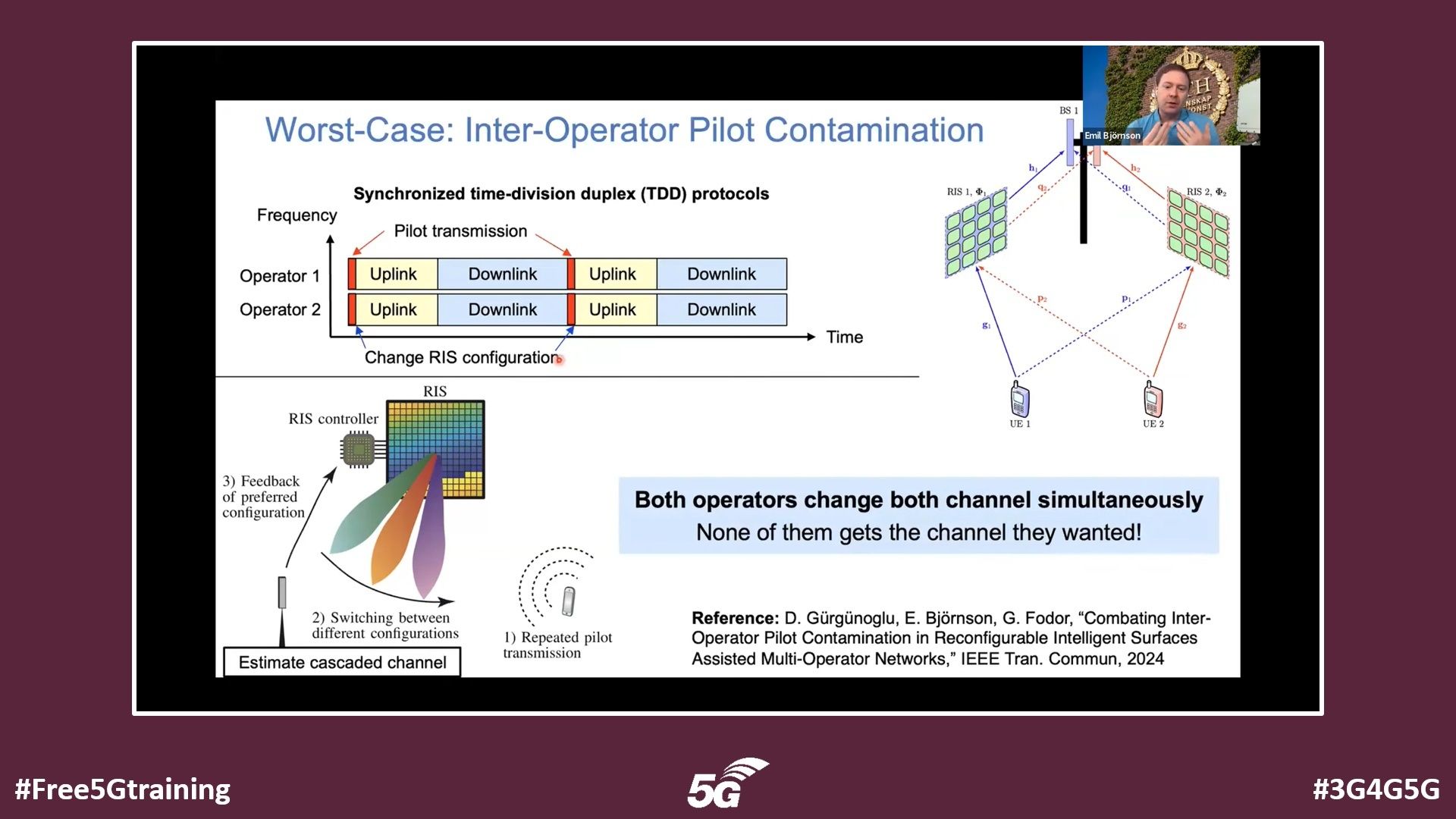
⦿ 5G
⦿ 4G/LTE
RCR Wireless: India launches first locally developed 4G stack (link)
⦿ 2G/3G
Connectivity Technology Blog: The State of Mobile Internet Coverage and Infrastructure 2025 (link) – with a nice summary of 2G/3G sunsets.
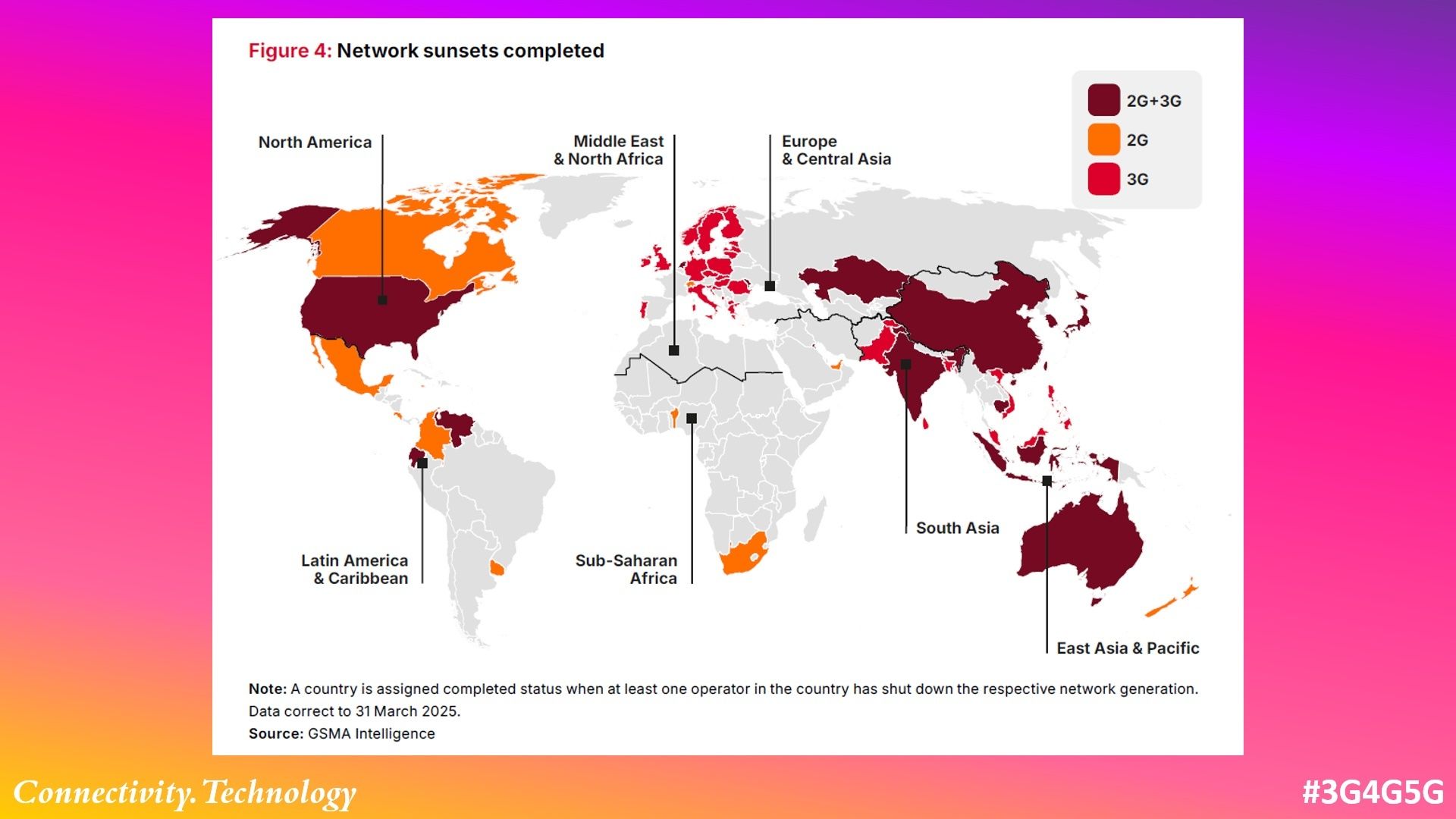
⦿ Spectrum
Dean Bubley on LinkedIn: "Could we see yet another plot-twist in the 6GHz wireless spectrum saga? I wonder if there’s a chance China’s regulator might switch policy to allow unlicensed and shared use of the lower part of the band, for Wi-Fi and local/private 5G…" (link)
⦿ Open & Disaggregated Networks (including Open RAN, vRAN, etc.)
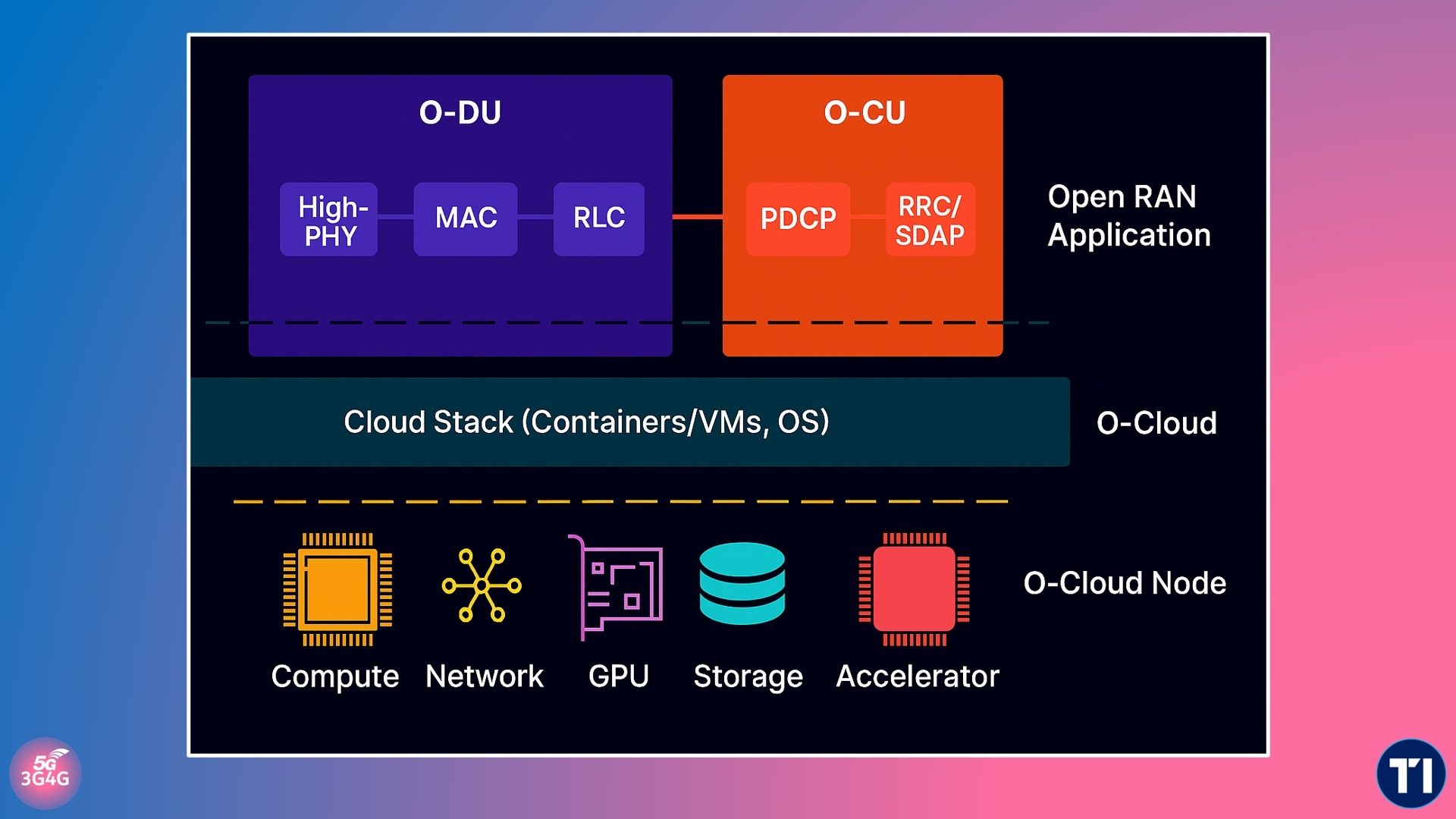
DeepSig and SRS Chosen by DOD FutureG Office to Lead OCUDU: The Open-Source 5G/6G RAN Initiative (PR)
⦿ Private Networks
Private Networks Technology Blog: Private Mobile Networks Market Update September 2025 (link)
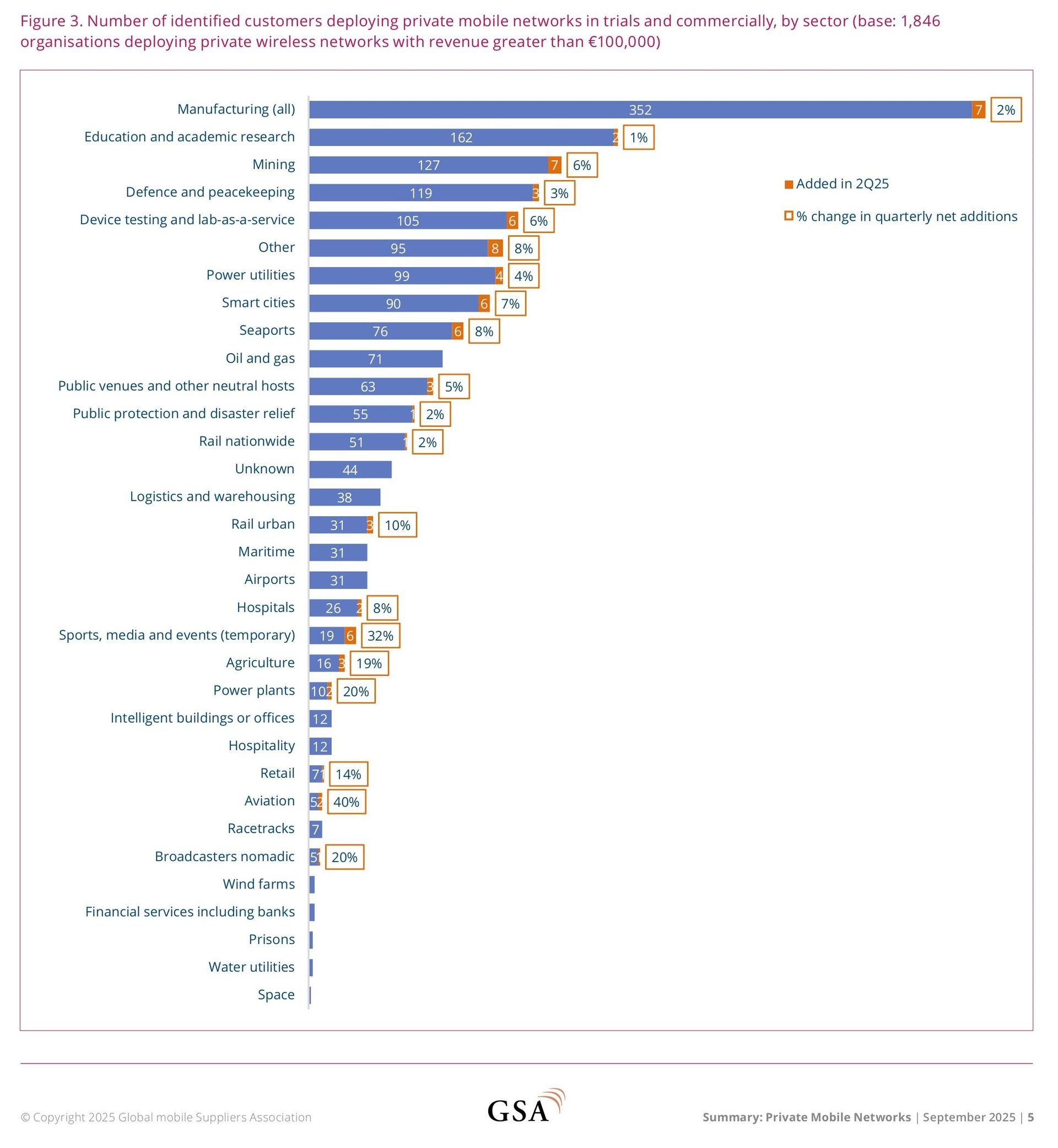
Telecoms.com: NATO navy fleet tests out private 5G (link)
⦿ Telecoms Infrastructure, Small Cells, Antennas & others
⦿ IoT / M2M / Smart Homes
RCR Wireless: e& UAE launches RedCap on 5G SA (link)
⦿ Security & Privacy
Denis Laskov on LinkedIn - Satellite modems and how to hack them: attack surface and “pay-to-secure” business model (link)
Dmitry Kurbatov on LinkedIn - SIM Farm in New York: fraud or cyber threat? (link)
Denis Laskov on LinkedIn - Attacking telecom: security bugs from 2G to 5G, SMS exploits, and SS7 & Diameter protocols (link)
⦿ Satellites, HAPS, Drones, UAVs & Space
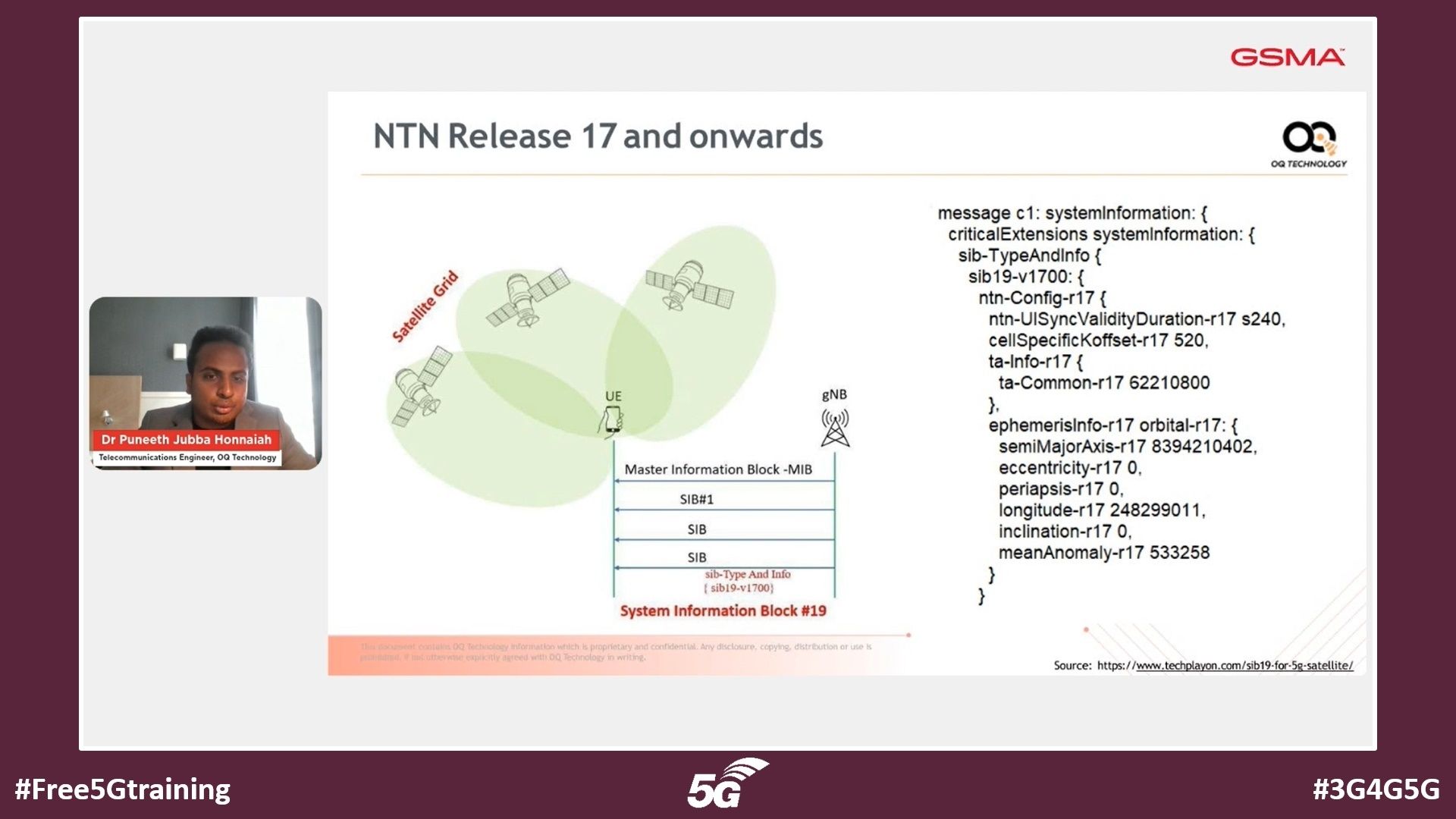
⦿ Wi-Fi
Light Reading - Operation tri-band: Maximizing Wi-Fi 7 performance (link)
⦿ Quantum Networks & Technology
Light Reading: Maxis first to debut quantum-safe networking service in Malaysia (link)
⦿ Other News and Technology Stuff
⦿ Picture of the week: Shinjuku Station in Tokyo is the busiest railway station in the world. It serves as the main hub linking central and eastern Tokyo with the west through inter-city rail, commuter trains and subway lines. In 2018 it was used by an average of 3.59 million people per day, which earned it a Guinness World Record. Supporting such a vast flow of passengers requires extensive mobile infrastructure, carefully positioned throughout the station to keep people connected. Here are a couple of photos from @denpa893 on X.
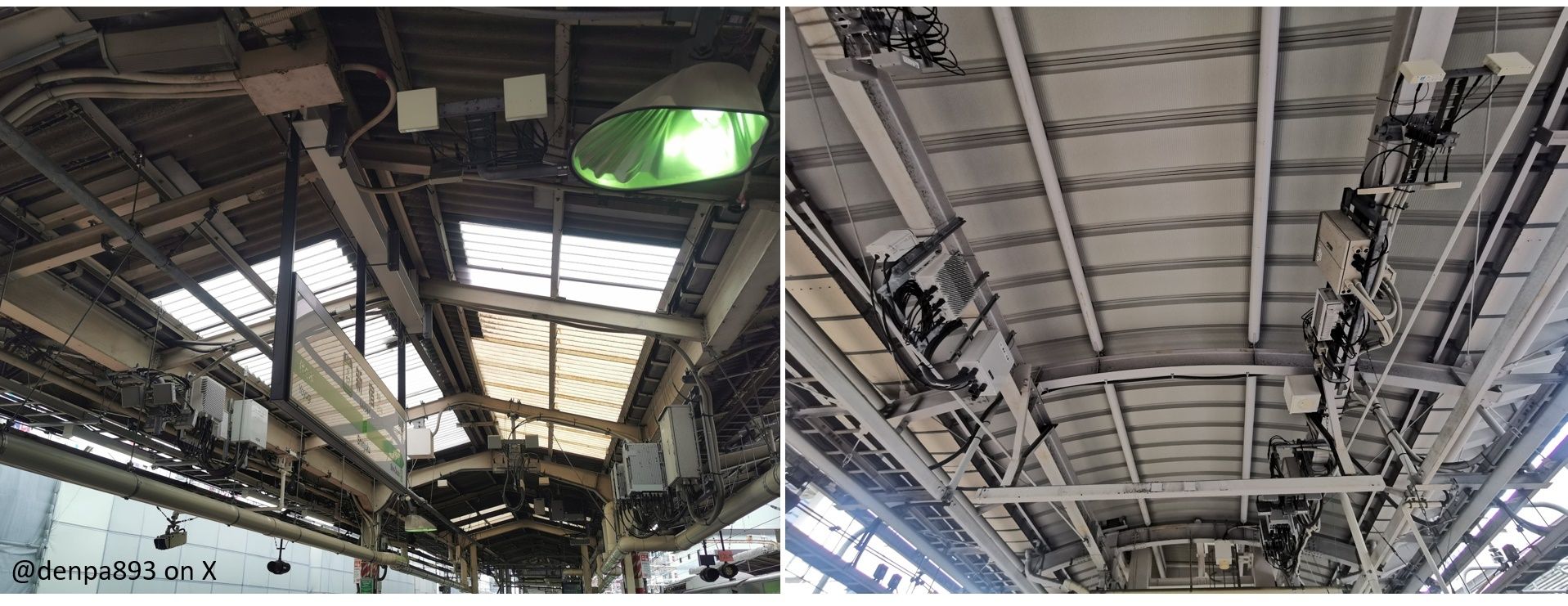
Happy to hear your thoughts. Feel free let me know what worked, what didn’t, how I can make this better, etc. Get in touch over LinkedIn!
PDF version of this and previous newsletters are available here.